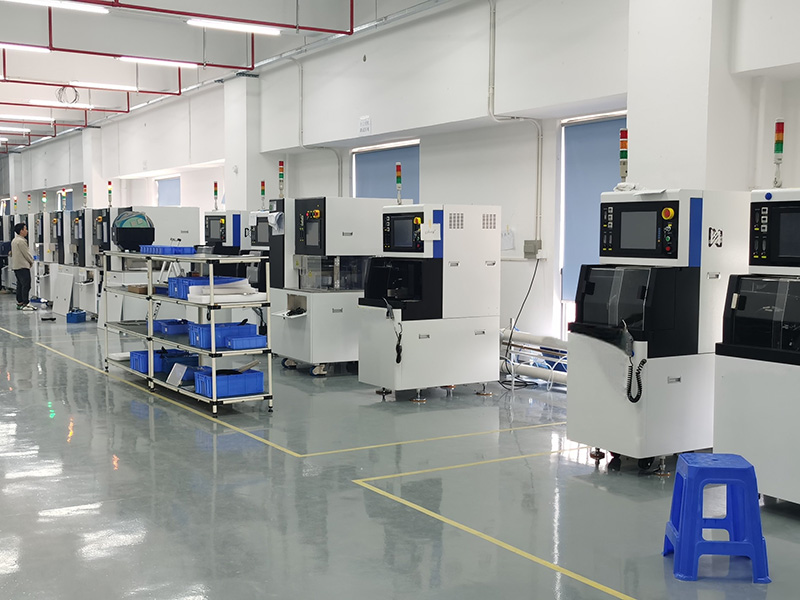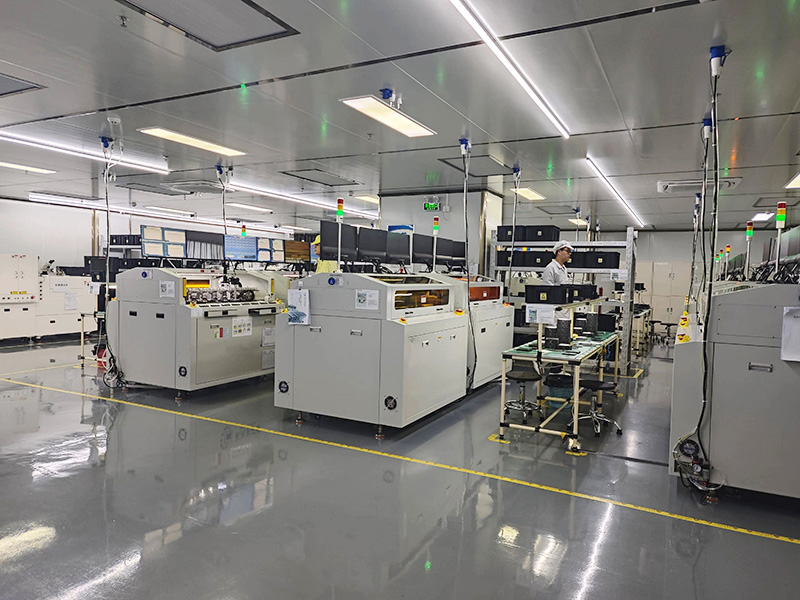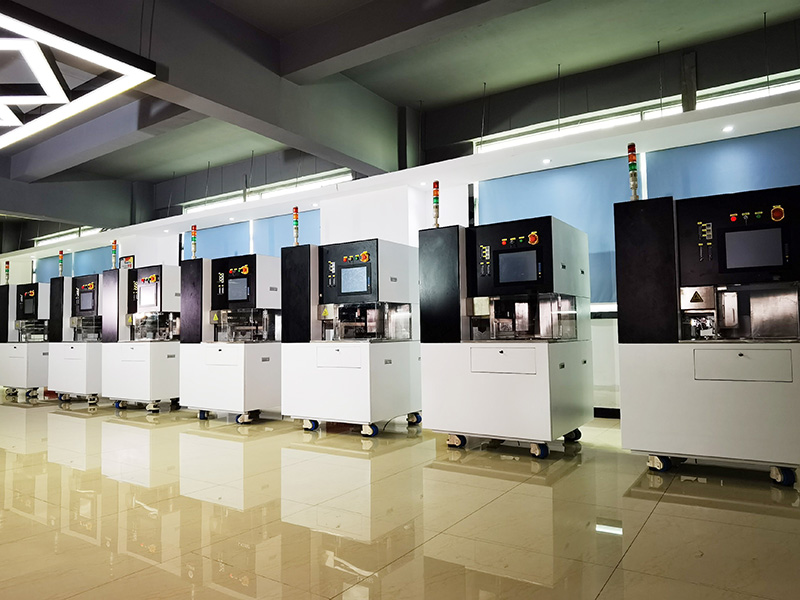A iteração tecnológica das máquinas de moagem de bolachas de silício está a acelerar e as realizações inovadoras de muitas empresas estão concentradas na aterragem

20 de maio de 2025 - Recentemente, o campo de equipamentos de semicondutores da China fez uma série de avanços no processo de moagem de bolacha de silício. O novo moinho de bolacha de silício monocristalino desenvolvido pela Ai Pang Semiconductor Technology (Sichuan) Co., Ltd. alcançou uma melhoria da eficiência de produção de mais de 30% através do design de operação alternada de quadros de moagem dupla, e o uso de componentes tampão reduz efetivamente o risco de danos na borda da bolacha de silício. Ao mesmo tempo, o moinho de dupla face integrado com dispositivo de recolha de poeiras lançado pela Chengdu Qingyang Electronics resolveu o problema da poluição por poeiras do equipamento tradicional. A sua tecnologia de trituração síncrona de dupla face pode otimizar a rugosidade da superfície das bolachas de silício até ao nível nanométrico.
A Anhui Ge Nan Machinery centra-se nas necessidades de proteção ambiental. O seu equipamento de filtragem de resíduos líquidos de moagem atinge uma taxa de remoção de 99,7% de impurezas de partículas grandes em resíduos líquidos através de um sistema de tratamento em várias fases, fornecendo à indústria soluções de produção ecológicas. Os peritos salientaram que estas inovações indicam que o equipamento nacional está a passar de um processamento único para um sistema tecnológico de cadeia completa de "trituração de precisão-reciclagem de resíduos".
Os dados de mercado revelam que, com a expansão acelerada de empresas como a Sany Silicon Energy, a capacidade de produção anual de bolachas de silício na China deverá exceder 80 mil milhões de peças em 2025, e a procura de equipamento de retificação de alta precisão e com baixas perdas continuará a aumentar. A popularidade dos materiais semicondutores de terceira geração, como o carboneto de silício, promoveu ainda mais o desenvolvimento da tecnologia de retificação de dupla face no sentido da ultrafinura e da inteligência. Atualmente, o investimento em I&D das principais empresas representa mais de 15% das receitas e a taxa de localização dos componentes principais aumentou 40 pontos percentuais em relação a 2020.


